Stir-fried rice noodles, a cornerstone of Asian street food and home cooking, have captured the hearts and palates of food enthusiasts worldwide. This versatile dish, known by names like char kway teow in Malaysia, pad thai in Thailand, and chow fun in China, combines simple ingredients with bold flavors to create a meal that is both satisfying and deeply comforting. Whether you’re a seasoned cook or a novice in the kitchen, mastering the technique of stir-fried rice noodles opens the door to endless culinary creativity. In this comprehensive guide, we’ll explore the history, ingredients, and step-by-step process to achieve restaurant-quality results at home.
A Brief History of Stir-Fried Rice Noodles
The origins of stir-fried rice noodles can be traced back centuries, rooted in the culinary traditions of Southeast and East Asia. Rice noodles, made from rice flour and water, were a staple in regions where rice cultivation thrived. Their neutral flavor and ability to absorb sauces made them an ideal canvas for aromatic spices, proteins, and vegetables. Over time, regional variations emerged, each reflecting local tastes and available ingredients. For instance, pad thai gained international fame in the 20th century, blending sweet, sour, and savory notes, while char kway teow became synonymous with the fiery street food scenes of Malaysia and Singapore.
Today, stir-fried rice noodles are celebrated for their adaptability. They can be tailored to suit vegetarian, vegan, or meat-based diets, and their preparation method—high-heat stir-frying—ensures a quick, flavorful meal.
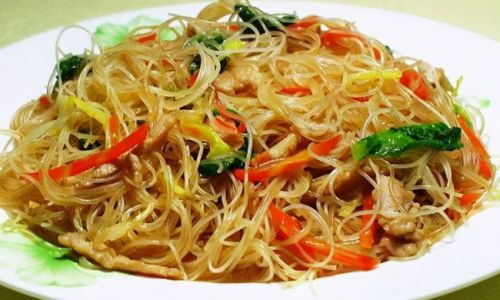
Key Ingredients for Stir-Fried Rice Noodles
The beauty of this dish lies in its simplicity. Below are the essential components, along with substitutions and tips for customization:
-
Rice Noodles:
- Fresh vs. Dried: Fresh rice noodles (often labeled as hor fun or shahe fen) are soft and slightly chewy, while dried noodles require rehydration. Both work, but fresh noodles cook faster.
- Width: Wide noodles (like those used in chow fun) hold up better to stir-frying, while thinner varieties may become mushy.
-
Protein:
- Options: Shrimp, chicken, beef, tofu, or eggs. For a vegetarian twist, use extra-firm tofu or tempeh.
- Preparation: Marinate proteins in soy sauce, sesame oil, or cornstarch for tender results.
-
Vegetables:
- Essentials: Garlic, onions, bean sprouts, and scallions.
- Additions: Bell peppers, carrots, mushrooms, or bok choy for extra crunch and color.
-
Aromatics and Sauces:
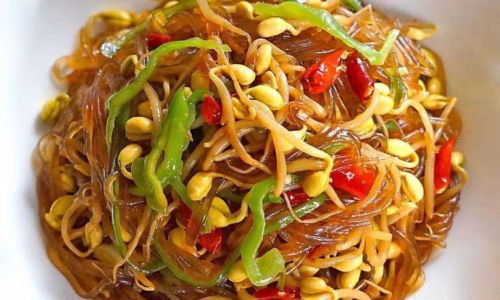
- Soy Sauce: Light soy sauce for saltiness, dark soy sauce for color.
- Oyster Sauce: Adds umami (use mushroom sauce for vegan alternatives).
- Fish Sauce: A pungent, salty seasoning (optional; can be omitted).
- Chili Paste or Sauce: For heat (sriracha, sambal oelek, or fresh chili).
-
Oil:
- Neutral Oil: Vegetable or peanut oil for stir-frying.
- Sesame Oil: A finishing touch for aromatic depth.
-
Garnishes:
- Fresh Herbs: Cilantro, Thai basil, or mint.
- Crunchy Toppings: Crushed peanuts, lime wedges, or pickled vegetables.
Step-by-Step Preparation
Preparing the Noodles
- Dried Noodles: Soak in hot water for 8–10 minutes until pliable but not fully cooked. Drain and rinse under cold water to prevent sticking.
- Fresh Noodles: Gently separate the strands to avoid clumps. If they’re too stiff, briefly steam or microwave for 30 seconds.
Prepping the Ingredients
- Mise en Place: Chop all vegetables, proteins, and aromatics before heating the wok. Stir-frying happens quickly, so organization is key.
- Sauce Mixture: Combine 2 tbsp soy sauce, 1 tbsp oyster sauce, 1 tsp sugar, 1 tbsp fish sauce (optional), and 1 tsp chili paste in a bowl. Set aside.
Stir-Frying Technique
- Heat the Wok: Use a carbon-steel wok or a large skillet. Heat over high flame until smoking. Add 2 tbsp oil and swirl to coat.
- Aromatics First: Stir-fry minced garlic and sliced onions for 30 seconds until fragrant.
- Protein: Add marinated meat or tofu. Cook until browned, then remove and set aside.
- Vegetables: Toss in harder vegetables (carrots, bell peppers) first, followed by quicker-cooking ones (bean sprouts, scallions).
- Noodles: Push the vegetables to the side and add the noodles. Pour the sauce mixture over them. Toss gently to coat, using tongs to separate strands.
- Reintroduce Protein: Add the cooked protein back to the wok. Drizzle with sesame oil and toss once more.
Finishing Touches
- Eggs (Optional): Push the noodles to the side, crack an egg into the wok, and scramble until set. Mix into the noodles.
- Garnish: Sprinkle with crushed peanuts, fresh herbs, and a squeeze of lime. Serve immediately.
Tips for Perfect Stir-Fried Rice Noodles
- High Heat is Non-Negotiable: A smoking-hot wok ensures quick cooking and prevents steaming, which can make noodles soggy.
- Don’t Overcrowd the Pan: Cook in batches if necessary to maintain high heat.
- Adjust Seasoning to Taste: Taste before serving and add more soy sauce, chili, or sugar as needed.
- Use Fresh Noodles if Possible: They absorb sauces better and have a superior texture.
- Experiment with Sauces: Try hoisin sauce, black bean sauce, or tamarind paste for unique twists.
Regional Variations to Explore
-
Pad Thai (Thailand):
- Key Ingredients: Tamarind pulp, palm sugar, crushed peanuts, and lime.
- Technique: Add a splash of tamarind water to the sauce for a tangy kick.
-
Char Kway Teow (Malaysia/Singapore):
- Key Ingredients: Dark soy sauce, shrimp, cockles, and Chinese sausage.
- Technique: Use a fiery wok to achieve a slight char on the noodles.
-
Singapore Noodles (Curry Flavored):
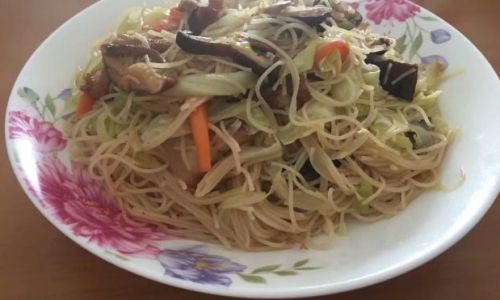
- Key Ingredients: Curry powder, shrimp, and bell peppers.
- Technique: Sauté curry powder in oil before adding other ingredients.
-
Vegetarian Stir-Fry:
- Key Ingredients: Tofu, mushrooms, and edamame.
- Technique: Use a combination of soy sauce and miso paste for depth.
Troubleshooting Common Issues
- Mushy Noodles: Overcooked during soaking or stir-frying. Reduce soaking time and cook noodles briefly in the wok.
- Bland Flavor: Under-seasoning. Increase soy sauce or add a pinch of salt.
- Burnt Aromatics: Wok wasn’t hot enough, or ingredients were added too slowly. Preheat the wok thoroughly.
- Dry Noodles: Insufficient sauce. Add a splash of water or broth while stir-frying.
Healthier Adaptations
- Low-Sodium Sauces: Use reduced-sodium soy sauce and omit fish sauce.
- Oil Substitutions: Swap peanut oil for avocado oil, which has a higher smoke point.
- Vegan Options: Replace oyster sauce with mushroom-based sauce and use scrambled tofu instead of eggs.
Pairing Suggestions
Stir-fried rice noodles pair beautifully with:
- Soups: A light broth like miso or tom yum.
- Salads: A crisp cucumber or papaya salad.
- Beverages: Iced tea, lemonade, or a crisp lager.
Conclusion
Stir-fried rice noodles are more than just a meal—they’re a celebration of balance, texture, and flavor. By mastering the basics of wok cooking and experimenting with regional variations, you can transform simple ingredients into a dish that delights the senses. Whether you prefer the smoky heat of char kway teow or the tangy sweetness of pad thai, this recipe is a gateway to culinary adventure. So grab your wok, fire up the stove, and let the sizzle of stir-fried rice noodles transport you to the bustling streets of Asia. Bon appétit!
Word Count: 1,420
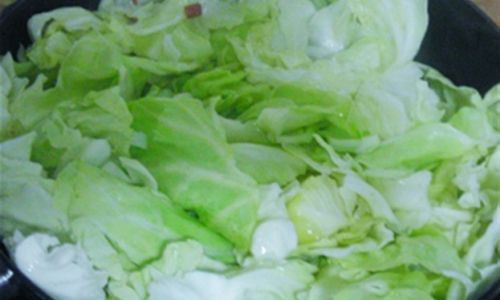
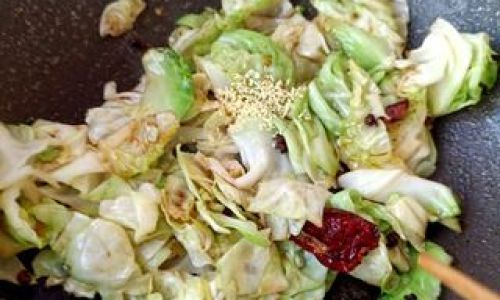
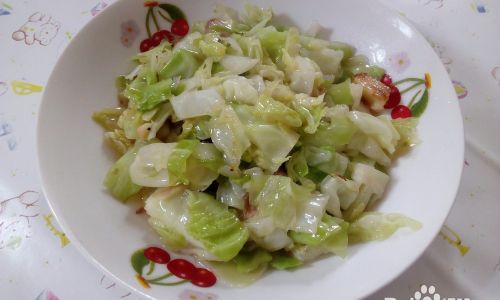

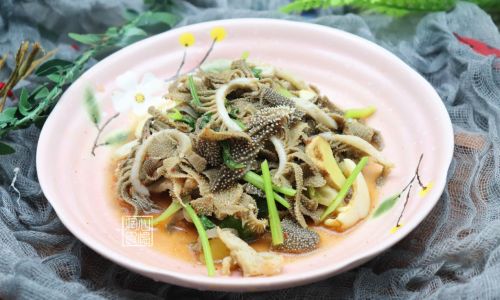

0 comments